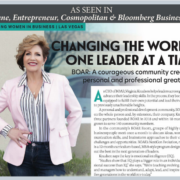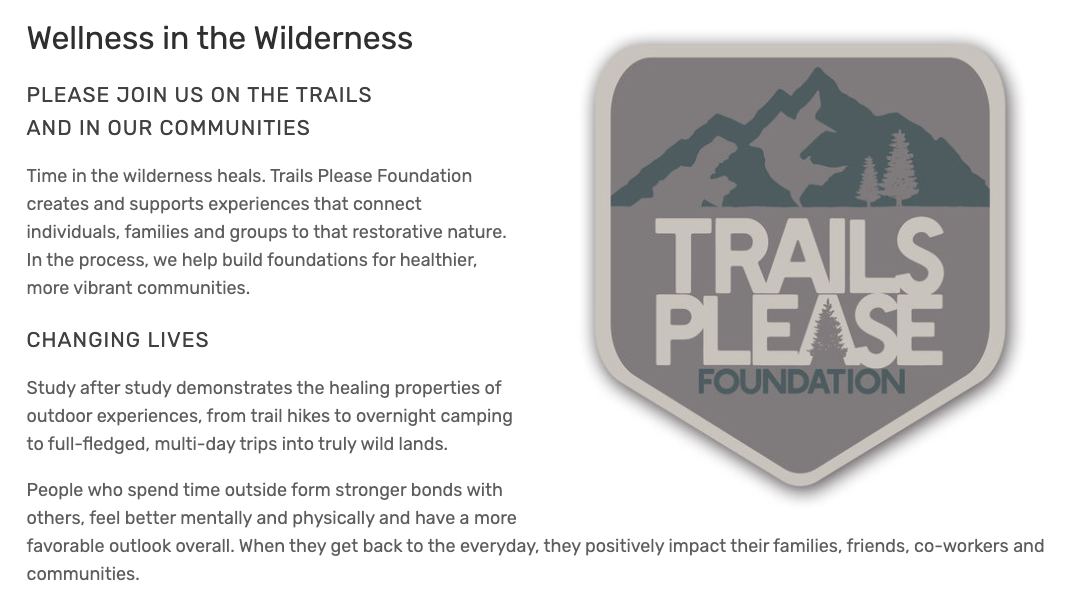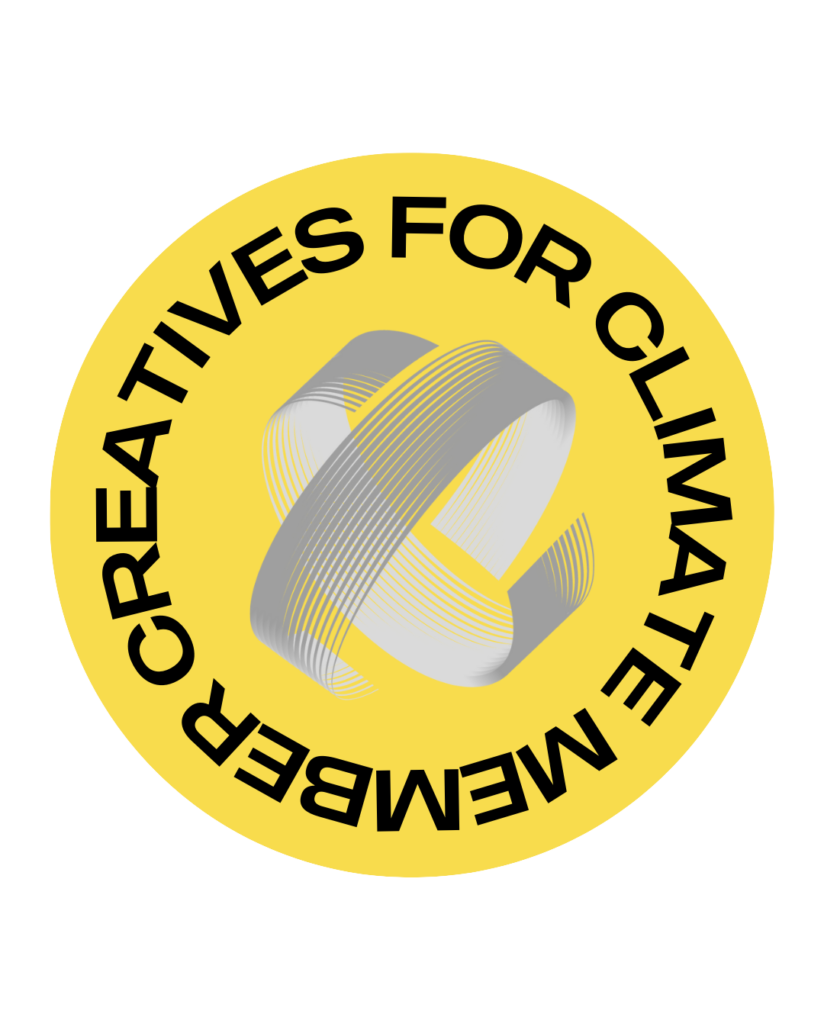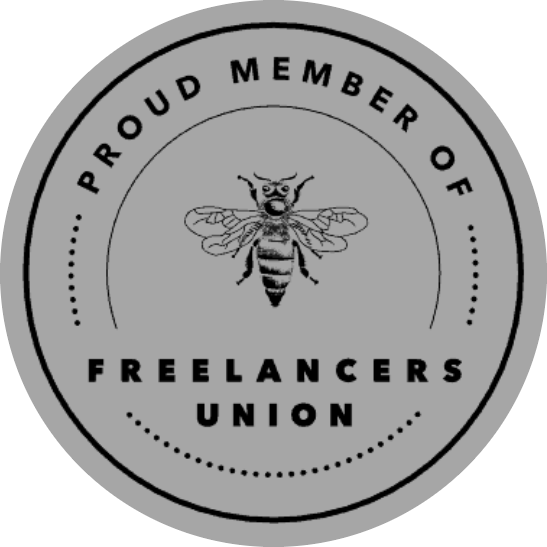Creativity is not a birthright.
It is not something you’re born with.
It’s not something you either have or you don’t.
Even so, you’ve probably heard something like this before: “Oh, wow, she’s sooooo creative,” or “I have no idea where he comes up with his ideas. I could never do that.”
I can’t say this strongly enough –
BALDERDASH!
Let’s Make That Baloney into a Sandwich
Creativity is something we develop, so I’ll revise my previous statement. We are born with creativity; it’s called imagination. And that means every single one of us is born with the potential for creativity.
Every. Single. Rootin’ tootin’. Ever lovin’. One.
Whether it’s creating campaign concepts (i.e., coming up with The Big Idea), copywriting, graphic design, photography, videography, audio or a thousand other endeavors, creativity is in our hands, our heads and our hearts. All we need to do is look for it or, alternatively, be willing to let it in (or out, depending on your perspective).
To put it yet another way, we all have a set of creative muscles. And like literal muscles, we can exercise them, build them into something awesome with practice and repetition.
Take a Whack at It
Roger von Oech’s timeless book, “A Whack on the Side of the Head,” is a great place to start.
Von Oech, founder of Creative Think, says creativity is the result of thinking about what you already know in new ways. “Look at the same thing as everyone else and think something different,” is his advice.
He also defines 10 mental locks that keep our minds from making creative connections:
- The Right Answer
- That’s Not Logical
- Follow The Rules
- Be Practical
- Avoid Ambiguity
- To Err is Wrong
- Play is Frivolous
- That’s Not My Area
- Don’t Be Foolish
- I’m Not Creative
Fuhgeddaboudit
Like Von Oeck, I suggest turning those “rules” on their backsides.
- There is no right answer, or, there’s always more than one right answer.
- Creativity can be illogical, and that makes all kinds of sense.
- Rules are made to be bent, broken and beaten into submission.
- Be practical and see how far you get. Hint: not very. Besides, what seems impractical right now might be the most practical idea or solution in the world once you’ve tested it out.
- Be ambiguous. Equivocate. Confuse things, stir them up and see what you wind up with.
- Make mistakes. No one ever learned much from their successes.
- Fool around. Have fun. PLAY with your ideas and thoughts, fer cryin’ out loud.
- Approach everything as if it is your area. Pull the totality of your life’s experiences into looking at things in different ways.
- Edison failed 1,000 times before inventing the light bulb. Some great fool, eh?
- Not creative? Rubbish.
Release yourself, let your mind wander, follow paths that make absolutely no sense whatsoever. You might be surprised where you arrive.
What is “Creativity,” Anyway?
Dictionary.com defines it this way: (Creativity is) the use of the imagination or original ideas, especially in the production of an artistic work.
- Imagination? Yes, absolutely.
- Original ideas? Well… maybe.
- Especially in art? No siree.
Are artists creative? Without question. But you don’t need to be an artist to be creative in your work.
Mathematics jumps immediately to mind. (I can’t personally attest to it; there’s a reason I work with words, not numbers. Even so.) Without creative problem solving, it’s unlikely Katherine Johnson would have ever figured out how to get NASA’s ships into space, into orbit and back again. (Check out “Hidden Figures,” the book or the film.)
Your accountant wouldn’t be able to use combinations of rules, regulations and programs to your advantage come tax time. A logistics manager wouldn’t be able to come up with more efficient delivery routes. And so on.
Creative Connections
Some say there are no new ideas, that new ideas are simply combinations of old ideas or new applications for old ones. I think there’s something to that. How many TV ads have you seen lately that combine two seemingly disparate ideas into something new?
Familiarity or expertise breeds creativity. The better someone knows a topic, practices a skill or understands a concept, the more likely it is they’ll be able to make connections between old ideas that lead to new ones.
An oldie but a goodie is the milk mustache and overall health. Got milk? More recently, an insurance company developed the personification of mayhem with hilarious effect. Another pulls together the idea of insurance and replacement of damaged takeout. Good stuff, even if you don’t like the pizza.
Think. Or Maybe Don’t Think So Dang Hard.
In my view, creativity is simply the difference between stop-criticize-worry and allow-imagine-innovate.
Whatever works. The point is, when you give yourself that whack, you’ll have to think something different, or think differently, or don’t think at all and just let your mind wander, instead. You’ll be forced to be – drum roll, please – creative.
Do your reps. Build up your muscles. Don’t give up. And always, always remember, you can do it.
Heck, anyone can. How do I know? Because I was one of those “I’m-not-creative” guys myself once.




 A significant percentage of families in our nation, including many led by single mothers, can’t afford a vacation, even a one-night camping trip. And a lot of them don’t have transportation in the first place. Foot to Soil is working to change our communities one family and one person at a time by taking them to the outdoors for a unique camping and hiking experience. The Trails Please Foundation is a 501(C)(3) that raises funds for the program.
A significant percentage of families in our nation, including many led by single mothers, can’t afford a vacation, even a one-night camping trip. And a lot of them don’t have transportation in the first place. Foot to Soil is working to change our communities one family and one person at a time by taking them to the outdoors for a unique camping and hiking experience. The Trails Please Foundation is a 501(C)(3) that raises funds for the program.










